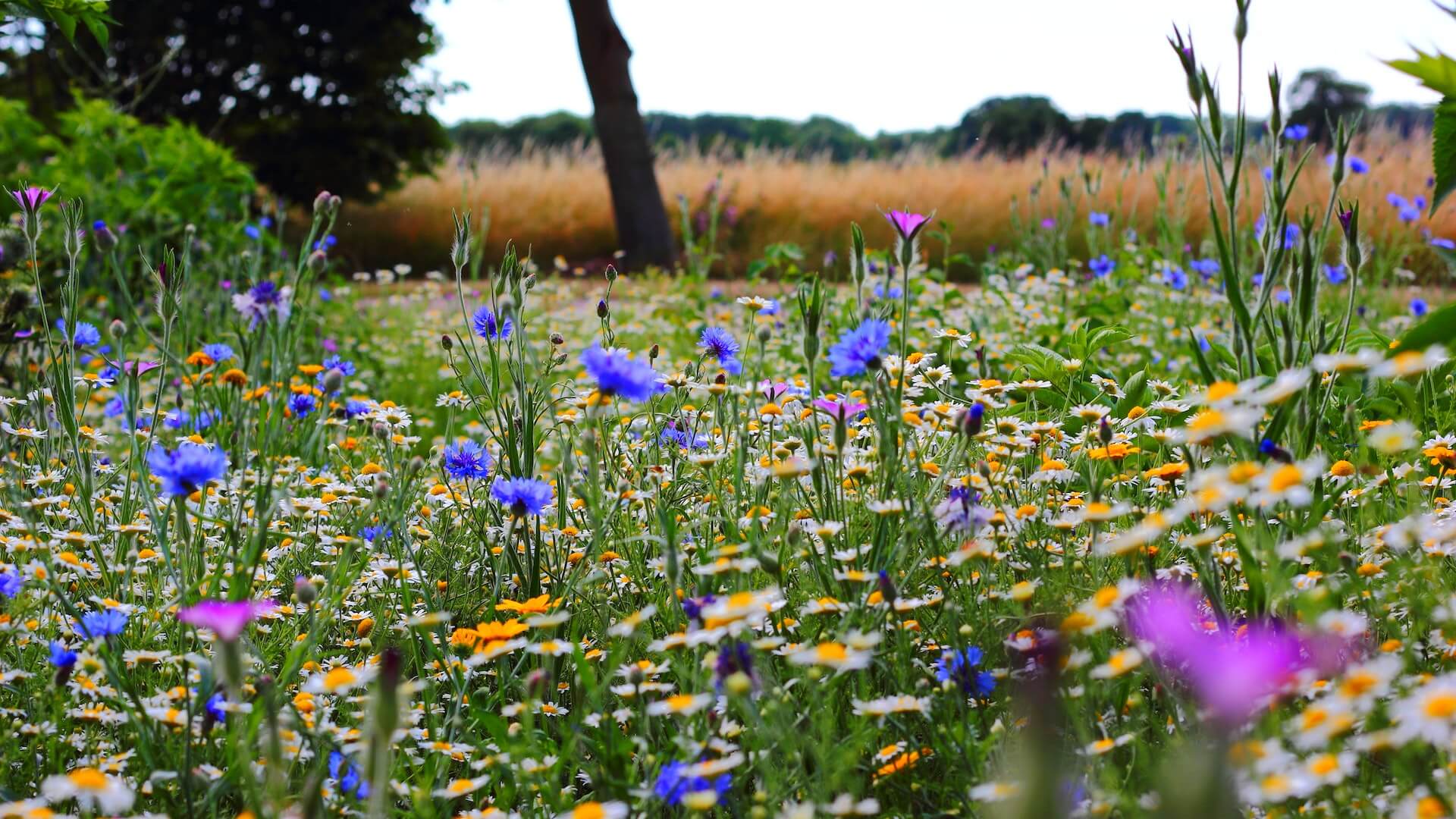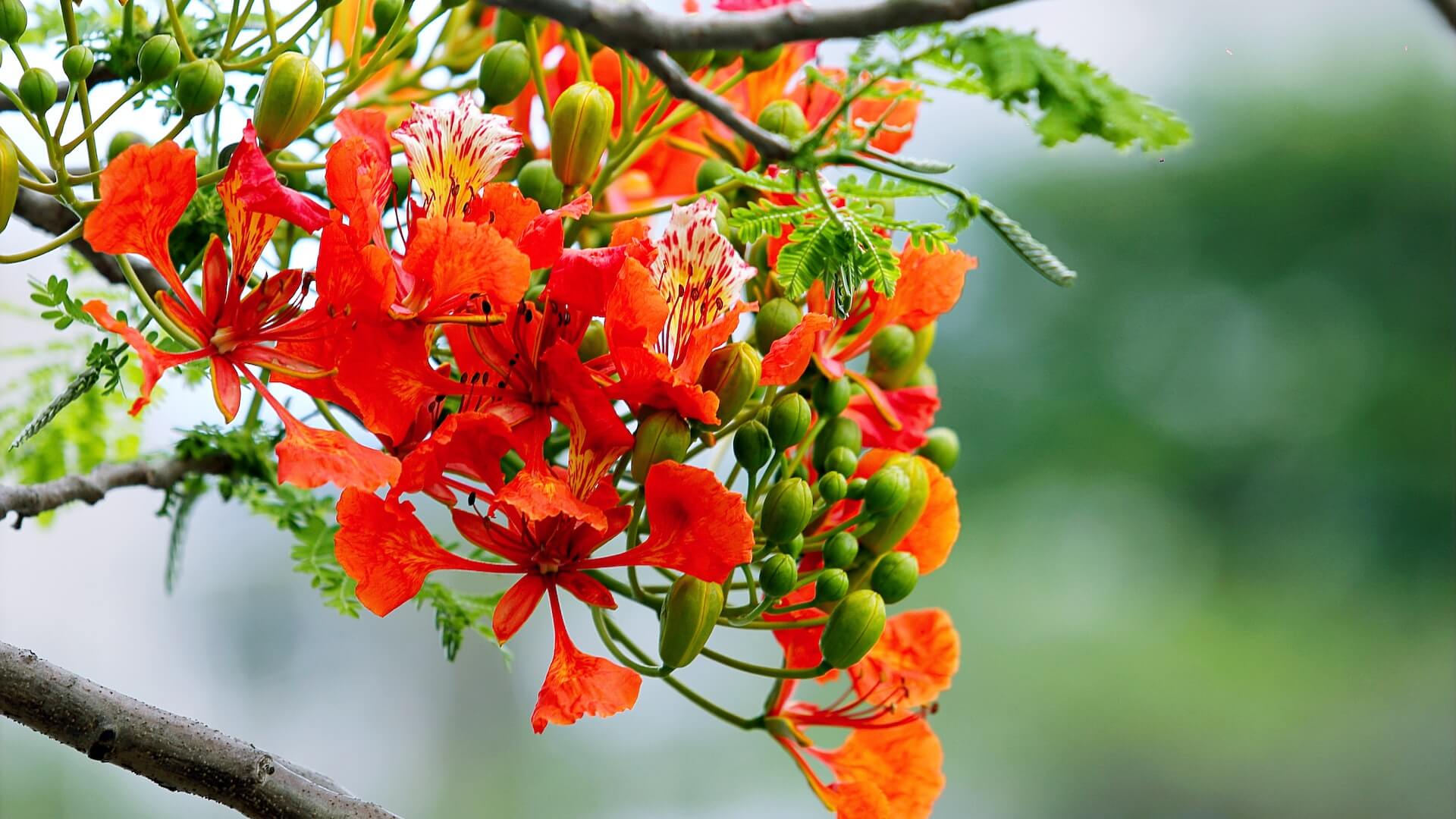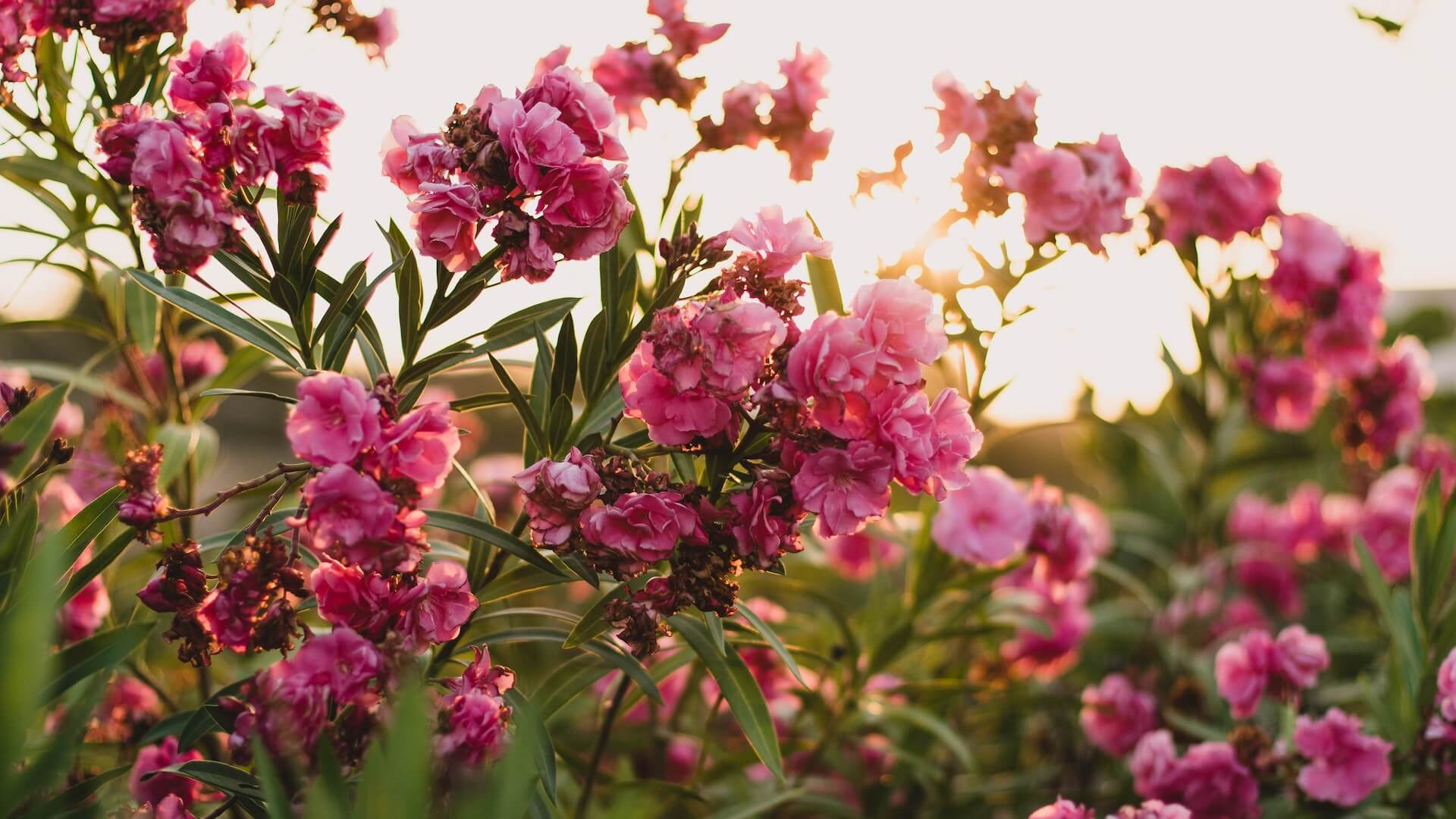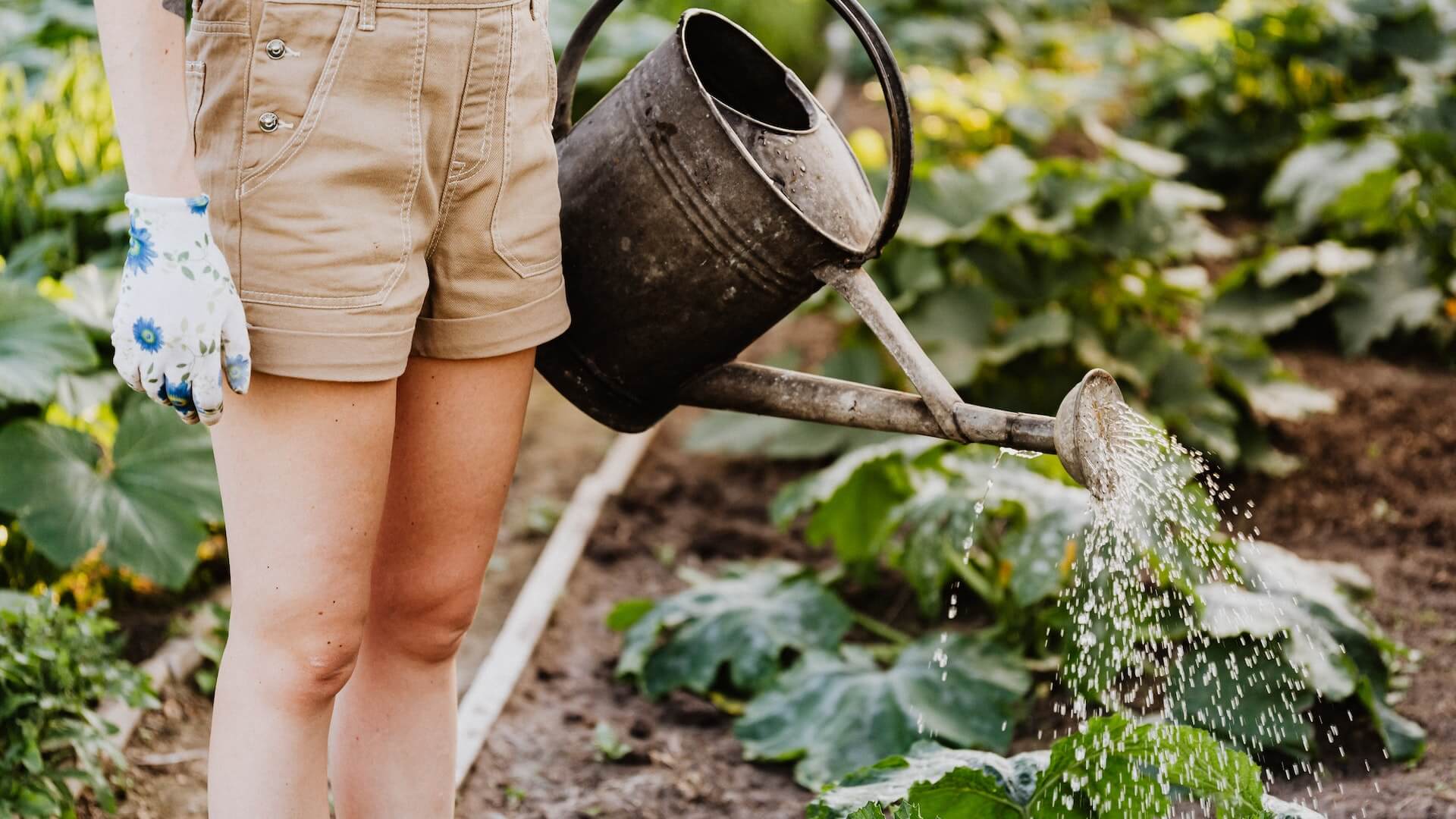Flower gardening is a hobby enjoyed by millions of people around the world. Whether you’re an experienced gardener or just starting out, there’s nothing quite as satisfying as watching your seeds grow into beautiful blooms. With so many different types of flowers to choose from, it can be overwhelming to know where to start. That’s why we’ve created the ultimate flower gardening guide to help you every step of the way. In this post, we’ll cover everything from selecting the right type of flowers for your garden, to planting, fertilizing, pruning, and maintaining your flowers. So if you’re ready to turn your backyard into a beautiful oasis, read on for our ultimate flower gardening guide.
Introduction to flower gardening
Flower gardening is a delightful and rewarding hobby that allows you to transform your outdoor space into a vibrant and aromatic oasis. Whether you have a sprawling backyard or a small balcony, anyone can indulge in the beauty of growing flowers. This introductory guide will take you on a journey from the initial stages of planning and planting to the joyous moments of witnessing your blooms in full splendor.

Flower gardening is not just about planting seeds and watching them grow; it is a creative endeavor that requires careful thought and consideration. By selecting the right flowers for your climate, understanding soil conditions, and creating a well-designed garden layout, you can ensure a thriving and visually stunning display.
In this comprehensive guide, we will explore the various aspects of flower gardening. We will delve into the importance of choosing the right location for your garden, understanding the different types of flowers, and exploring the wide array of colors and fragrances available. Additionally, we will discuss the essential tools and equipment needed for successful flower gardening, as well as techniques for planting, watering, and maintaining your flower beds.
Choosing the right location for your flower garden
Before you start digging and planting, take some time to carefully consider the environmental factors that can affect your flowers’ growth and bloom.
First, assess the amount of sunlight your chosen location receives throughout the day. Most flowering plants require at least six hours of direct sunlight to thrive. Take note of any obstructions such as trees or tall buildings that may cast shadows on your garden area. If you have a shady spot, consider selecting shade-loving flowers that can still add color and beauty to your garden.
Next, pay attention to the soil quality in your chosen location. Flowers prefer well-draining soil that is rich in organic matter. You can test the soil pH to determine its acidity or alkalinity, as different flowers have different preferences. Additionally, consider the moisture level in the area. Some flowers thrive in moist conditions, while others prefer drier soil.
Another important factor to consider is the proximity to water sources. Having easy access to water is essential for maintaining the health and vitality of your flowers. Consider the convenience of watering your garden and ensure that your chosen location is within reach of a water source or equipped with an irrigation system.
Lastly, think about the aesthetic aspect of your flower garden’s location. Consider the backdrop and surroundings of your garden area. Are there any existing structures, fences, or natural elements that can enhance the overall beauty of your flower display? Pay attention to colors, textures, and heights to create a visually pleasing and harmonious garden design.
Selecting the right flowers for your garden
Selecting the right flowers for your garden is a crucial step in creating a vibrant and thriving flower bed. With so many options available, it can be overwhelming to choose the perfect flowers that will not only complement your garden’s aesthetic but also thrive in your specific growing conditions.

Before making any decisions, take some time to assess your garden’s environment. Consider factors such as sunlight exposure, soil type, and climate. Some flowers require full sun, while others prefer partial shade. Knowing the light conditions in your garden will help you narrow down your choices and ensure that the selected flowers will receive the appropriate amount of sunlight.
Next, evaluate your soil quality. Some flowers thrive in well-drained soil, while others prefer more moisture retention. Testing your soil’s pH level can also provide insights into which flowers will thrive in your garden. By understanding your soil composition, you can choose flowers that are compatible with its characteristics, or make adjustments to improve the soil conditions.
Another important consideration is the length of the growing season in your area. Some flowers are annuals, meaning they complete their life cycle within a single growing season, while others are perennials, returning year after year. Determining which type of flower suits your garden’s needs will help you plan for long-term success and minimize the need for replanting each year.
Once you have assessed your garden’s conditions, it’s time to explore different flower varieties. Consider factors such as color, size, and growth habits. Do you want a burst of vibrant hues or a more subtle and cohesive color palette? Are you aiming for a compact and tidy flower bed or a more wild and natural look? These preferences will guide your selection process and help you envision the overall aesthetic of your garden.
Don’t forget to also consider the practical aspects of flower selection, such as maintenance requirements and potential allergenic properties. Some flowers may require regular deadheading or pruning, while others are low-maintenance and can thrive with minimal intervention. Additionally, if you or your family members have allergies, it’s important to choose flowers that are less likely to trigger allergic reactions.
Understanding soil composition and preparation
The health and fertility of your soil play a vital role in the growth and blooming of your flowers.
Firstly, it’s important to determine the type of soil you have. Is it sandy, clay, or loamy? Each soil type has its own characteristics and will require different approaches for optimal flower growth. Sandy soil tends to drain quickly, while clay soil retains water and can become compacted. Loamy soil, on the other hand, is considered ideal as it is a balanced mixture of sand, silt, and clay.
Once you have identified your soil type, it’s time to prepare it for planting. Start by removing any weeds, rocks, or debris from the area. This will create a clean and fertile base for your flowers to thrive. Next, consider adding organic matter such as compost or well-rotted manure to improve soil structure and provide essential nutrients. This will help with drainage in clay soils and water retention in sandy soils.
It’s also important to test the pH level of your soil. Most flowers prefer a slightly acidic to neutral pH range. You can easily test your soil using a pH testing kit available at gardening centers. If the pH level is too acidic or alkaline, you can make adjustments by adding lime to raise the pH or sulfur to lower it.
Before planting, ensure that the soil is well aerated. This can be achieved by gently loosening it with a garden fork or tiller. Avoid over-tilling, as this can disrupt the delicate balance of soil organisms.
How to properly plant flower seeds?
Whether you’re a beginner or a seasoned gardener, following the right techniques can make all the difference in the growth and development of your flowers.
First and foremost, it’s important to choose the right seeds for your garden. Consider the climate, soil type, and sunlight conditions in your area. Some flowers thrive in full sun, while others prefer partial shade. Research the specific requirements of the flower seeds you plan to plant and select varieties that are suitable for your garden.
Next, prepare the soil for planting. Remove any weeds, rocks, or debris from the planting area. Loosen the soil with a garden fork or tiller to a depth of about 6-8 inches. This will promote proper root growth and allow the young seedlings to establish themselves easily.
Before sowing the seeds, it’s beneficial to mix in some compost or well-rotted organic matter into the soil. This will enrich the soil with essential nutrients, improve drainage, and enhance overall soil structure. Additionally, it’s advisable to perform a soil test to determine the pH level of your soil and make any necessary amendments to create the ideal growing environment for your flowers.
When it comes to sowing the seeds, follow the instructions provided on the seed packet. Some seeds may require soaking overnight or scarification to enhance germination. Others may need to be sown directly into the ground, while some may require starting indoors and then transplanting. Pay attention to the recommended planting depth, spacing, and timing for each specific flower variety.
After carefully placing the seeds into the soil, gently cover them with a thin layer of soil or vermiculite, following the guidelines given. Water the area using a gentle spray or mist to avoid displacing the seeds. It’s important to keep the soil consistently moist but not waterlogged during the germination period.
To protect the seeds from birds, pests, or harsh weather conditions, consider using a protective covering such as a lightweight garden fabric or a seed starting dome until the young seedlings emerge. This will create a microclimate that promotes optimal growth and protects the fragile seedlings.
As the seedlings emerge and grow, thin them out according to the recommended spacing to prevent overcrowding. This will ensure that each plant has enough space, sunlight, and nutrients to flourish. Regularly monitor the moisture levels in the soil, watering as needed, and provide support to taller varieties with stakes or trellises to prevent bending or breaking.
Caring for your flower garden: watering, fertilizing, and mulching
Watering is essential for the overall health of your flowers. Different flowers have different water requirements, so it’s important to research the specific needs of the flowers in your garden. Generally, flowers need about an inch of water per week, either from rainfall or manual watering. It’s best to water deeply and infrequently, allowing the water to reach the roots. Avoid overwatering, as it can lead to root rot and other diseases. Consider using a soaker hose or drip irrigation system to deliver water directly to the base of your plants, minimizing water loss through evaporation.

Fertilizing your flower garden provides the necessary nutrients for healthy growth and abundant blooms. Choosing the right fertilizer depends on the type of flowers you are growing. Organic fertilizers, such as compost or well-rotted manure, are excellent choices as they enrich the soil and promote long-term soil health. Inorganic fertilizers, like granular or liquid options, can provide a quick boost of nutrients. Follow the instructions on the fertilizer packaging and apply it according to the recommended schedule. Be cautious not to over-fertilize, as it can result in excessive foliage growth at the expense of flower production.
Mulching is a beneficial practice that helps retain moisture in the soil, suppresses weed growth, and moderates soil temperature. Organic mulches, such as wood chips, straw, or shredded leaves, not only provide these benefits but also break down over time, enriching the soil with organic matter. Apply a layer of mulch around the base of your flowers, being careful not to pile it against the stems, which can lead to rot. Maintain a thickness of 2-4 inches to enjoy the full advantages of mulching.
Managing pests and diseases in your flower garden
Nothing is more disheartening than seeing your carefully nurtured plants succumb to pesky insects or harmful diseases. But fear not! With the right knowledge and proactive measures, you can effectively protect your flowers and maintain a thriving garden.
One of the best strategies for pest control is prevention. Regularly inspect your plants for any signs of pests, such as chewed leaves, holes, or sticky residue. By catching the problem early on, you can prevent it from spreading and causing extensive damage. Implementing proper sanitation practices, such as removing fallen leaves and debris, can also help eliminate potential hiding places for pests.
For natural pest control, consider introducing beneficial insects to your garden. Ladybugs, lacewings, and praying mantises are natural predators that feed on common garden pests like aphids and mites. Additionally, companion planting can play a significant role in deterring pests. For example, planting marigolds can repel nematodes, while lavender can deter mosquitoes.
When it comes to diseases, maintaining good garden hygiene is essential. Avoid overhead watering, as it can promote the spread of fungal infections. Instead, water at the base of the plants or use drip irrigation to keep foliage dry. Proper spacing between plants allows for better air circulation, reducing the risk of fungal growth.
In case of an outbreak, swift action is necessary. Identify the specific disease affecting your plants and choose an appropriate treatment method. Organic remedies like neem oil, garlic spray, or a mixture of baking soda and water can help combat common fungal infections. However, if the problem persists or becomes severe, it may be necessary to resort to chemical treatments. Always follow the instructions carefully and consider consulting with a gardening professional if needed.
Tips for extending the blooming season
Extending the blooming season in your flower garden is a gardener’s dream come true. Who wouldn’t want their garden filled with colorful blooms for as long as possible? Luckily, there are several tips and techniques that can help you achieve this goal.

First and foremost, choosing the right plants is crucial. Opt for a diverse selection of flowers that bloom at different times throughout the season. This will ensure a continuous display of colors and fragrances in your garden. Consider incorporating early bloomers like crocuses and daffodils, mid-season bloomers like roses and peonies, and late bloomers like asters and chrysanthemums. By strategically selecting plants with varying bloom times, you can enjoy flowers from early spring to late fall.
Another key factor in extending the blooming season is deadheading. Regularly removing faded flowers not only keeps your garden looking tidy but also encourages plants to produce more blooms. Deadheading redirects the plant’s energy from seed production to new flower growth. Be sure to snip off the spent flowers just above a leaf node or bud to facilitate new growth.
Proper watering and fertilization are also essential for prolonged blooming. Provide your plants with consistent moisture, avoiding both underwatering and overwatering. Mulching around the base of your plants can help retain soil moisture and regulate temperature. Additionally, fertilize your flowers regularly with a balanced fertilizer to promote healthy growth and abundant blooms.
Consider incorporating some late-season bloomers specifically known for their extended flowering period. Flowers like dahlias, marigolds, and zinnias are known for their long-lasting blooms and can add vibrant colors to your garden well into the autumn months.
Lastly, don’t forget to pay attention to your garden’s overall health. Regularly inspect your plants for signs of pests or diseases, and take immediate action if any issues arise. Healthy plants are more likely to produce an extended blooming season.
Pruning and deadheading techniques for healthier plants
Pruning and deadheading are essential techniques for maintaining healthy and vibrant flower gardens. Pruning involves selectively removing certain parts of the plant, such as branches or stems, to encourage better growth and shape. Deadheading, on the other hand, involves removing spent flowers and seed heads to promote continuous blooming and prevent the plant from expending energy on seed production.
When it comes to pruning, timing is crucial. Different types of flowers have different pruning requirements, so it’s important to research the specific needs of your plants. For instance, some flowers benefit from pruning in the early spring before new growth begins, while others are best pruned after they have finished blooming. By understanding the growth habits of your plants, you can make well-informed decisions on when and how to prune.
Pruning techniques can vary depending on the type of plant and the desired outcome. Common pruning methods include thinning out crowded branches to improve airflow and reduce the risk of disease, removing dead or damaged stems to prevent the spread of infection, and shaping the plant to maintain its desired form. It’s important to use sharp and clean pruning tools to minimize damage and ensure proper healing.
Deadheading is a simple yet effective technique to encourage prolonged flowering in your garden. By removing spent flowers, you are preventing the plant from diverting energy into seed production. This redirects the plant’s resources towards producing new blooms, resulting in a more abundant and prolonged flowering period. Deadheading can be done by simply pinching or cutting off the faded flowers just above a healthy bud or set of leaves.
Regular pruning and deadheading not only promote healthier plants but also contribute to the overall aesthetic appeal of your flower garden. It helps maintain a tidy and well-maintained appearance while maximizing the potential for continuous blooms throughout the growing season.
Harvesting and preserving flowers from your garden
After all the hard work and dedication you put into your flower garden, it’s time to reap the rewards by harvesting and preserving your beautiful blooms. Not only does this allow you to enjoy the fruits of your labor, but it also enables you to extend the lifespan of your flowers and create stunning arrangements that will brighten up your home or even be gifted to loved ones.
When it comes to harvesting, timing is crucial. Flowers should be picked at their peak, when they are fully open and vibrant. Early mornings are often the best time to harvest, as the flowers are still fresh and haven’t been exposed to the heat of the day. Using clean and sharp pruning shears or scissors, carefully cut the stems at a 45-degree angle to ensure optimal water absorption.
Different flowers require specific harvesting techniques. For instance, roses should be harvested when the petals are just starting to unfurl, while sunflowers are best picked when the flower heads are fully mature and the petals are bright and firm. It’s important to research the ideal time to harvest each type of flower in your garden to maximize their beauty and longevity.
Once harvested, it’s time to preserve your flowers to prolong their lifespan. There are several methods you can use, depending on your preferences and the type of flower. Air drying is a popular and straightforward technique that involves hanging the flowers upside down in a cool, dark, and well-ventilated area. This method works well for flowers such as lavender, roses, and hydrangeas.
Another preservation method is pressing, which involves placing flowers between heavy books or using a flower press. This technique is perfect for delicate flowers like pansies, daisies, and forget-me-nots, as it allows them to retain their shape and color for various craft projects such as making greeting cards or framed botanical art.
If you’re looking for a more vibrant and long-lasting preservation method, you can try drying flowers using substances like silica gel or sand. This technique helps retain the flowers’ original shape and color while removing moisture. It’s particularly suitable for flowers with delicate petals, such as lilies and orchids.
Inspiring flower garden design ideas
Here are some inspiring flower garden design ideas to help you transform your outdoor space into a blooming paradise.

1. Color-Coordinated Beds:
Create a visually stunning garden by organizing your flower beds based on color schemes. Choose flowers in complementary or contrasting colors to create a vibrant display that catches the eye.
2. Vertical Gardens:
If you have limited space or want to add a unique touch to your garden, consider vertical gardening. Install trellises, arbors, or hanging planters to showcase cascading flowers and vines, adding height and dimension to your garden.
3. Cottage Garden Charm:
Embrace the romantic and nostalgic allure of a cottage garden by mixing a variety of flowers in a seemingly random yet harmonious arrangement. Create pathways lined with flowers, interspersed with whimsical garden ornaments or vintage-inspired accessories.
4. Native Wildflower Meadow:
Foster biodiversity and attract pollinators by creating a wildflower meadow using native species. Choose a mix of flowers that bloom at different times throughout the year, creating a dynamic and ever-changing landscape.
5. Formal Symmetry:
For a more structured and formal garden design, opt for symmetry and geometric patterns. Use clipped hedges, neatly arranged flower beds, and symmetrical pathways to create an elegant and sophisticated look.
6. Water Features and Floral Islands:
Incorporate water elements, such as fountains, ponds, or small waterfalls, into your flower garden. Create floral islands around these features, using a mix of water-loving flowers and foliage to add a serene and tranquil atmosphere.
7. Tropical Paradise:
If you love exotic and vibrant flowers, create a tropical garden by incorporating bold and lush plants. Combine large-leaved foliage plants with bright, vivid blooms to transport yourself to a tropical paradise.
8. Zen Garden:
Create a serene and peaceful oasis by designing a Zen-inspired flower garden. Incorporate elements such as stones, gravel, and minimalistic plantings. Choose flowers with delicate blooms and calming colors to promote relaxation and mindfulness.
Conclusion
Gardening is a delightful hobby that allows you to bring beauty and color to your surroundings. Whether you are a beginner or have some experience, our guide provides valuable insights and tips to help you create a vibrant and thriving flower garden. From selecting the right seeds to nurturing your plants, we covered it all. Now it’s time to grab your gardening tools, roll up your sleeves, and watch your garden flourish with a kaleidoscope of blossoms. Happy gardening!



